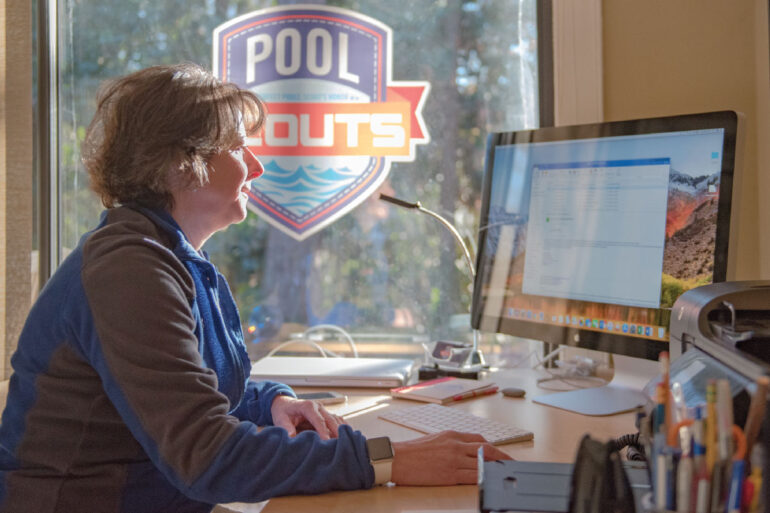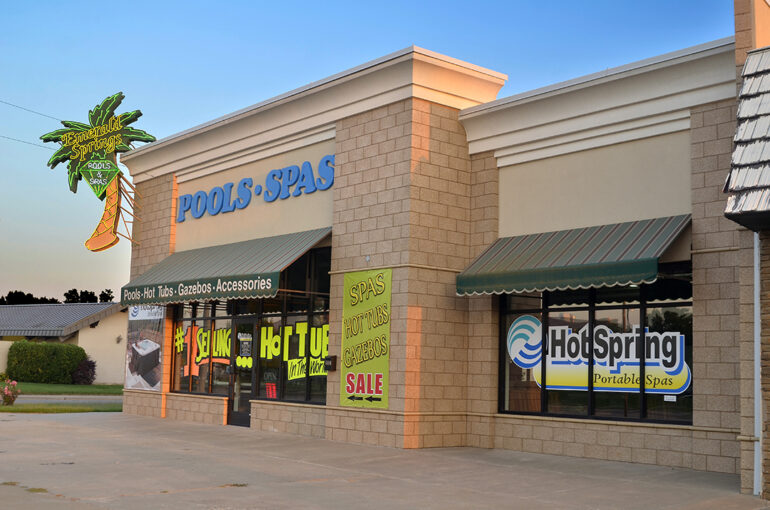Planning Your Paid Marketing

When you first learn to swim, you start in shallow water with a kickboard and floaties. Most people don’t just jump off the highboard on day one. The same strategy can be effective when it comes to paid marketing.
“One of the biggest mistakes people make is they don’t plan before getting into paid marketing,” says Matt Kenyon, a full-service digital marketing consultant from Kenyon Digital.
He recommends analyzing competitors’ social media to learn about the market and see what’s been successful. Then, focus on marketing metrics: lifetime value, customer acquisition cost and churn, or the rate at which customers stop doing business with a company. These can drive the focus of your marketing efforts.
If it costs $50 to acquire a customer through ads, but then throughout their lifetime with the company, they spend $5,000, then that $50 is a great investment. If the customer only stays with the company for a month or two and their lifetime spend isn’t greater than their acquisition cost, then it wasn’t a good investment.
When determining a marketing budget, Kenyon suggests allocating a percentage of revenue.
“This doesn’t need to be just paid marketing,” he says. “It could be hiring people to write content for SEO, or taking training courses on Facebook marketing. Generally, [budgeting] 5%-10% of your gross revenue is a good place to start.”
Google Sheets and free content calendar templates, as well as free tiers on project management sites like Monday.com, Asana and Basecamp, can help jump-start marketing for little to no cost.
Kenyon says YouTube is also a good social platform for pool businesses that create educational content teaching people how to care for their pools. These videos have a long lifespan, only take minutes to record and establish credibility. At the end of the video, you can also include a prompt to call for service.
You could spend an endless amount on paid marketing, and you can spend it quickly, so start with the thing that has the highest likelihood of success.”
Kelly Skelton-Badlani, Backyard Assist
Kelly Skelton-Badlani, co-founder of Backyard Assist, says Google’s ad platforms are helpful when the intent is to grow brand awareness by showing expertise and trustworthiness. He also recommends homing in on a specific part of your business you want to market.
In his previous role as director of marketing at SSG Pools & Spas, Skelton-Badlani focused the company’s marketing efforts on new pool builds, using Google as the primary platform. This strategy was driven by return on investment considerations, since new pool builds offer a high return, with each sale potentially exceeding six figures, compared to renovations, which could cost only a few thousand dollars, he says.
“You could spend an endless amount on paid marketing, and you can spend it quickly, so start with the thing that has the highest likelihood of success,” he says.
For small pool builders and service companies, Skelton-Badlani suggests committing $1,000 to testing multiple platforms or different types of ads to evaluate the amount of return you receive.
“You can get a pretty good indication of whether you’re on the mark or not,” he says.
For those with the time and interest, Skelton-Badlani recommends taking advantage of Google’s Ads Academy and using YouTube to learn how to run ads.
Dane Wiseman, chief marketing officer of CyberFunnels and adjunct professor at New York University, also suggests starting with Google’s advertising products.
“What I love about Google Ads is the predictability of it once you know your metrics,” he says. “Once a pool builder understands their search volume — here’s the cost per click, here’s my conversion rate, here’s our conversion to sale — it gives them a lot of trust and confidence.”
Wiseman recommends starting with Google Search, then Google’s local service ads, which focus on connecting companies with local clients, and he emphasizes the importance of positive reviews.
After working with Google Ads, Wiseman suggests trying social media — Facebook and Instagram specifically — to showcase the aesthetically pleasing parts of your business.
“You can package that up, put it in an ad and have some solid messaging,” he says.
With social media, it’s also possible to attach a contact form with qualifying questions, which can generate leads without the user ever even leaving the platform.
Wiseman suggests $50 per lead as the general benchmark for Facebook ads; but with Google search, at least $1,000 a month for ad spend. Whoever is setting up the ads should be sure to use relevant keywords to focus on your ideal client, he says.
“There needs to be a predictable system of acquiring customers,” Wiseman says. “You are essentially following the old adage of not keeping all of your eggs in one basket, so it’s good to diversify marketing to ensure that the business can sustainably grow.”






